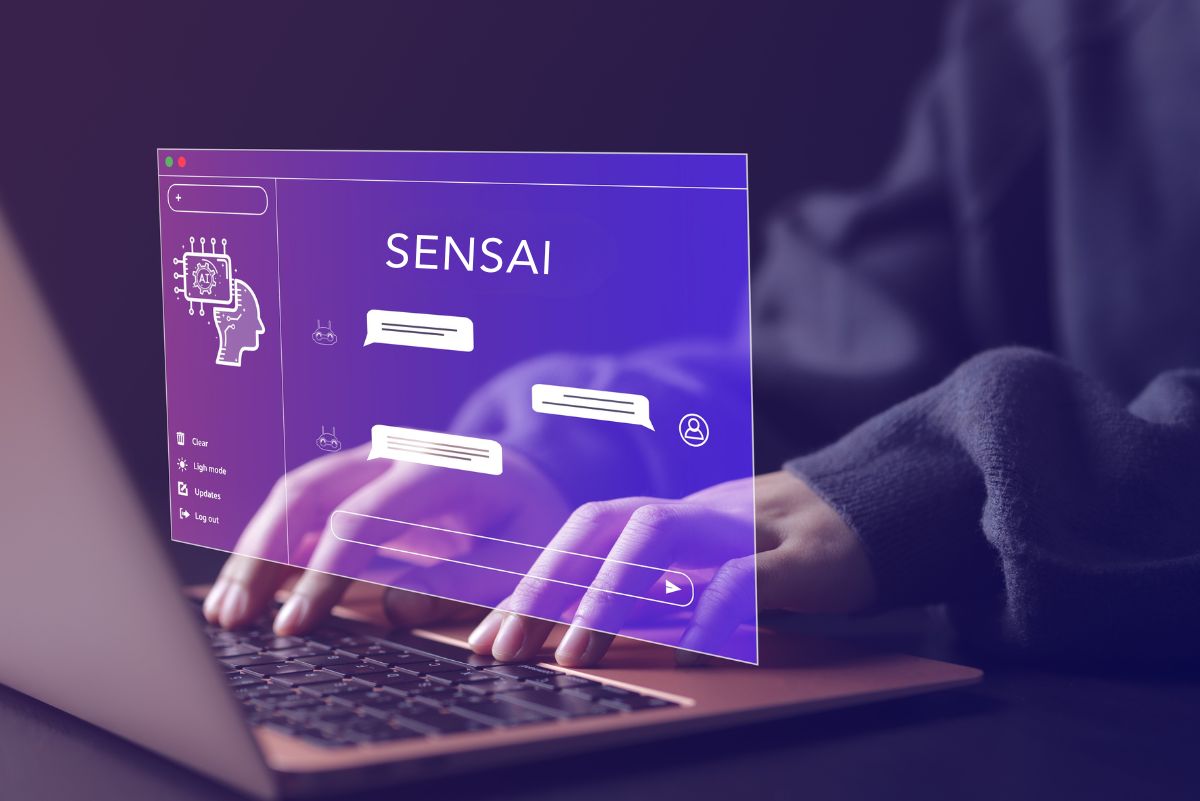How do you manage your Stakeholders when facing Conflicting Supply Chain KPIs?
This post was originally published on Supply Chain Movement, a brand of Supply Chain Media.
Reducing costs, improving service levels, cutting emissions, and minimizing risks – companies would ideally like to do all these things, but they struggle to make the right trade-offs. During a recent webinar with Supply Chain Media, AIMMS discussed how a supply chain mathematical model can help managers make the right decisions when faced with conflicting supply chain KPIs.
“It’s not about which stakeholder wins or loses, but what’s best for the company.”
For one in five supply chain professionals, their main challenge is not analyzing disruptions or visualizing the supply chain but dealing with conflicting KPIs. Catalina Perez, Senior Supply Chain Consultant at AIMMS, can relate to this. She stated, “in past, the supply chain was mainly focused on costs, but many more factors play a role nowadays”. Companies want to maintain or even improve their service levels without holding too much stock. Meanwhile, the number of disruptions is increasing. Companies are keen to reduce their risks, but what does that mean for inventory levels? And then there’s the topic of sustainability. A carbon-neutral operation will result in more costs, and it might even cause a drop in service levels.”
So how can a company strike the right balance between all those different factors?

A chief financial officer looks primarily at costs and working capital, while a chief commercial officer only cares about maximizing revenue.
A chief supply chain officer is focused on service levels, whereas a chief sustainability officer aims to reduce emissions.
Research shows that just 15-20% of companies have succeeded in aligning all those different interests. Scenario planning can help. Catalina said, “it’s not about who wins or loses. The fact that one stakeholder has more power than another shouldn’t be an issue. What does matter is finding the optimal balance between conflicting interests, such as costs and CO2 emissions for example. It’s about taking all the interests into account to find the best outcome for the organization.”
Translating KPIs into objectives
AIMMS provides a tool that allows companies to model and mathematically optimize their supply chain based on scenario analysis. “First, we translate KPIs into objectives if the company wants to minimize costs, risks, emissions, or all three at once. It’s about making the right trade-offs,” explained Paul van Nierop, Product Owner Network Design at AIMMS.
Next, AIMMS looks at the decisions the company needs to make, such as which products should be manufactured where and which transport mode should be used. For this, data is required. “You need some insight into demand. You need insight into the costs of the various modes of transport, for example. And lastly, you need insight into any restrictions that have to be taken into account – such as the maximum transport capacity on a particular route or suppliers’ contractual conditions. Our tool uses all this information to optimize the supply chain.”
Making sound decisions
When ocean freight carrier Wilhelmsen planned to open a new office in Asia as a way of reducing risks, AIMMS used a model to explore the trade-off between costs and emissions. “We built a model to analyze where the office should be located,” said Catalina. “Then we used existing data to calculate how costs and emissions would change. As a result, our customer was able to make a sound decision. By providing upfront insight into costs and emissions, they were able to convince the senior executives and address the various stakeholders’ concerns”.
Meanwhile, the world’s largest semiconductor chip manufacturer wanted to improve its service levels by reducing lead times in the supply chain. This came down to a trade-off between cost and service level. AIMMS built a supply chain digital twin for the company visualizing, among other things, how changes in lead times would impact costs. “Right now they are working to add emissions to this digital twin so that they can improve service levels while controlling both costs and emissions,” said Paul.
Want to know how the world’s largest semiconductor chip manufacturer diversified its supply chain with a new factory investment, watch this on-demand webinar – Why Supply Chain Network Design technology makes a difference in an age of uncertainty?
Shortening response times
For British Telecom (BT), optimizing service levels meant something else, shortening service engineers’ response times. “Because service engineers had to pick up the right parts first, their journey times were longer than necessary. British Telecom managed to shorten the journey time to 15 minutes while reducing costs. They are now using the model we built for them for other issues, such as determining the optimal locations for spare parts and calculating inventory levels at those locations.”
Read how BT is Building a Connected Supply Chain Amidst Ongoing Transformation.
Another example given was furniture manufacturer La-Z-Boy, which has modeled its supply chain to explore nearshoring options. This has reduced the company’s risk while increasing its production capacity and cutting costs. Paul said, “the technology allows you to optimize the whole supply chain from start to finish. Some customers are more focused on the upstream part of the chain and others more on the downstream part, but we also have customers who look at the end-to-end supply chain.”
See how La-Z-Boy Chooses AIMMS Network Design to Drive Continuous Supply Chain Optimization.
Takeaway
It’s important that companies have access to tools that let them share information with their stakeholders while increasing communication and efficiency. By viewing your company’s real-time supply chain metrics, you have the critical data you need to keep stakeholders informed up to the minute on the current supply chain status for clear and manageable KPIs. See how AIMMS can help you, ask for a free demo today.





